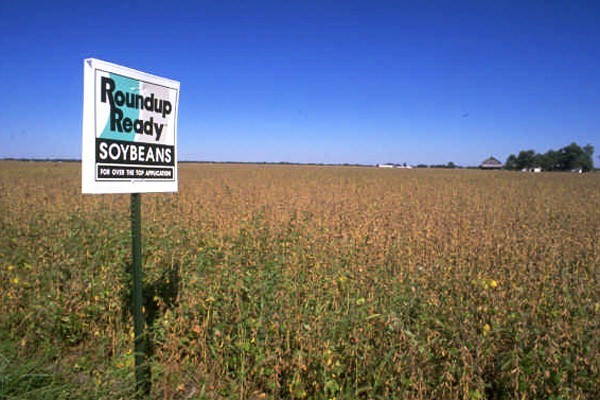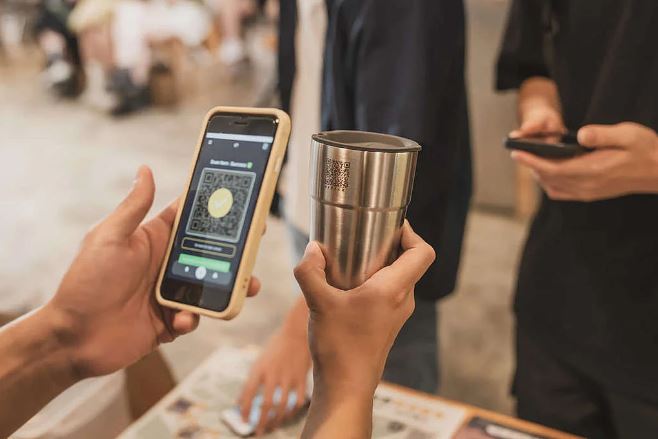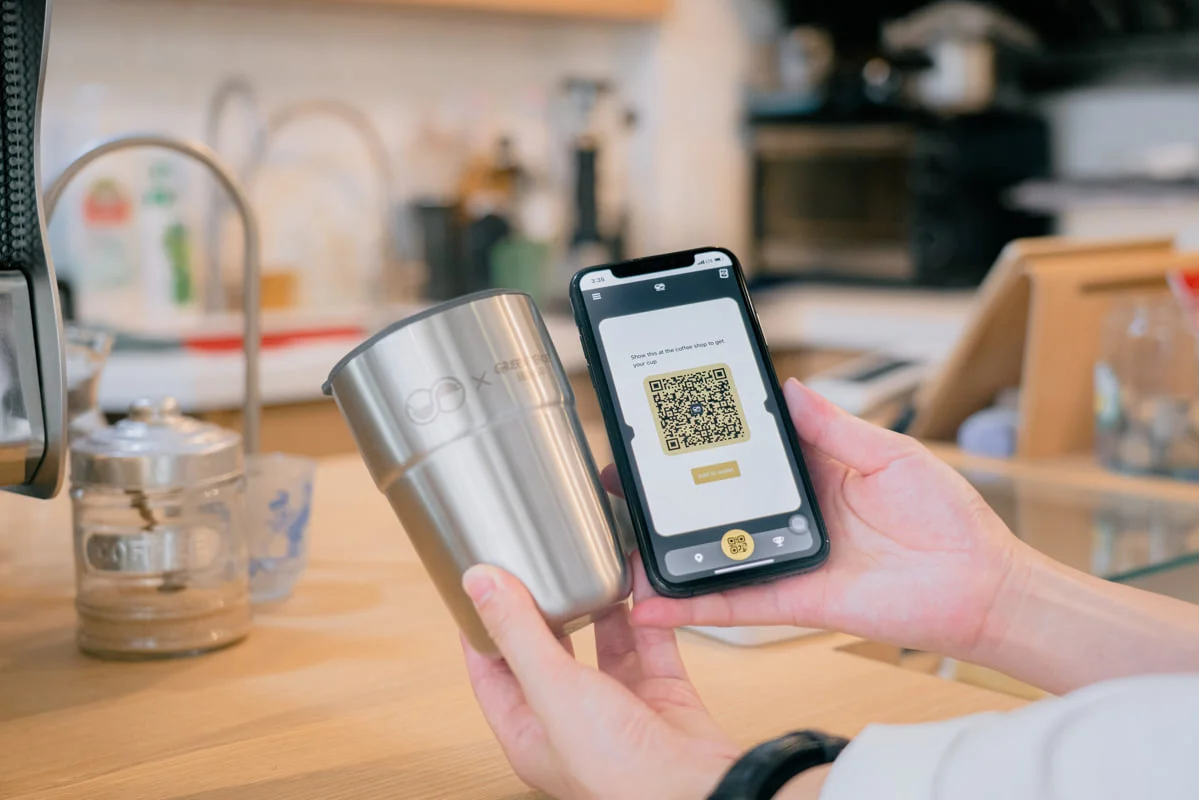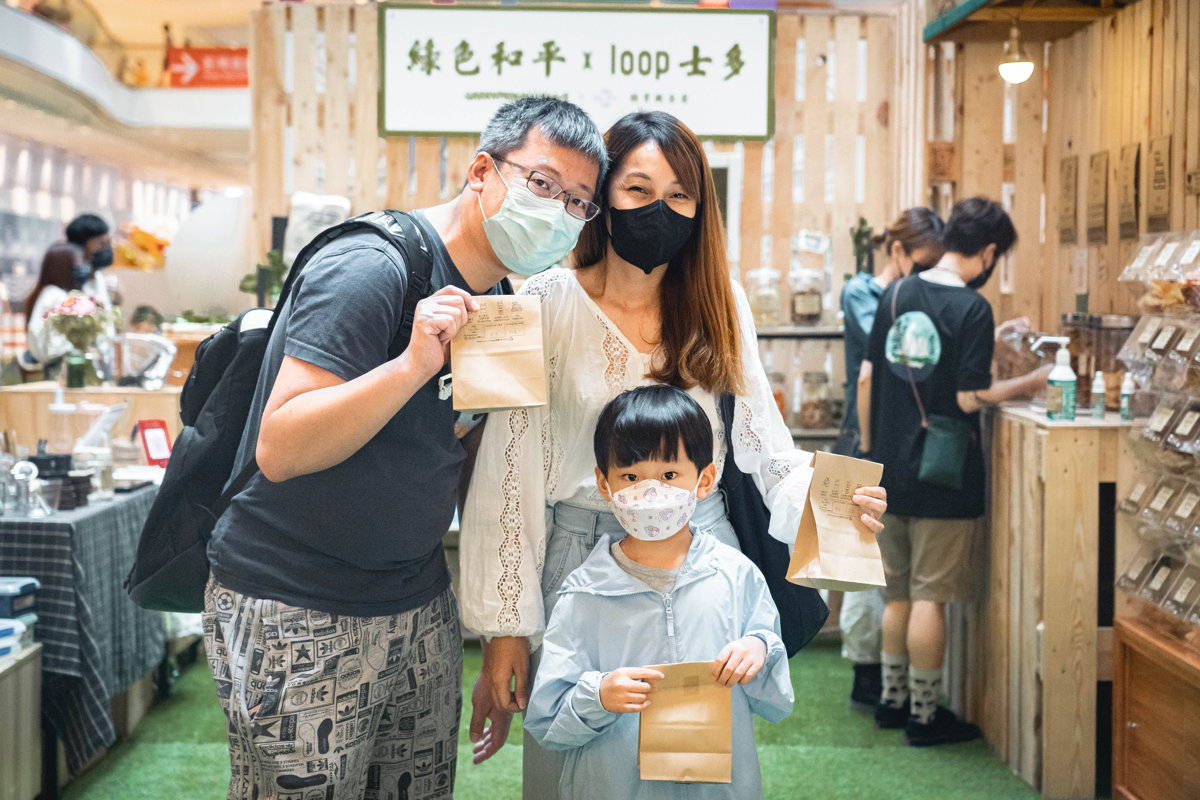Monsanto and their ‘Round Up’ formula are infamous. Producers of Agent Orange, Monsanto, have long claimed that their globally used weed killer is harmless (even safe enough to drink).
But scientists and citizens around the world have long suspected it of being highly toxic.
After decades of scientific evidence battling for and against the herbicide’s safety, in March of this year, the World Health Organisation (WHO) and the International Agency for Research on Cancer (IARC) categorised the chemical as “probably carcinogenic to humans.”
Annihilating the competition…
Glyphosate is used heavily in the GE crops industry. As much as 85% of GE crop strains are grown with the use of glyphosate. Many of these crops have been modified to be glyphosate-resistant, meaning that when sprayed with the herbicide, the plants around them will be killed off, while they alone survive. The competition is annihilated, and the crop thrives.
…with a probable carcinogen
But glyphosate has potentially serious impacts on human health. It has been found to increase cancer rates, affect hormones and the reproductive system and even cause nervous diseases such as Parkinsons Disease and types of blood cancer.
It doesn’t just stay in the fields
Greenpeace East Asia has found traces of glyphosate in everyday food products on the shelves of some of China’s largest supermarkets.
From January to March 2015, GPEA tested 43 food products which contain soy, corn and rice for GE content. Although not one of these products had GE labelling, the investigation found that 13 of them tested positive for GE soybean and corn.
In light of the WHO and IARC announcement, in May 2015 GPEA conducted new tests on the same samples to test for traces of the “potentially carcinogenic” glyphosate. Results showed that 5 of the 13 products contained glyphosate residue. Along with GE crops, glyphosate has found its way from the fields into the food chain.
How? Why? Where?
Four of the five glyphosate positive products were imported (including one from Hong Kong). That’s 80%. Why such a stark trend? The reason is simple. China’s current glyphosate regulations do not include checks on imported GE crops. Through this legal oversight, traces of glyphosate are finding their way into Chinese supermarkets and onto people’s dinner tables.
Glyphosate is a potentially serious risk to human health, as acknowledged by numerous scientific studies and this year’s announcement by the WHO and IARC. Although the phrase “probably carcinogenic” doesn’t seem too serious, the classification was enough to spur the governments of the Netherlands, Sri Lanka and France to take action and strengthen regulation of the herbicide.
China, as the world’s largest importer of GE soy, needs to follow suit.
Zhang Jing is a Food and Agriculture campaigner at Greenpeace East Asia




